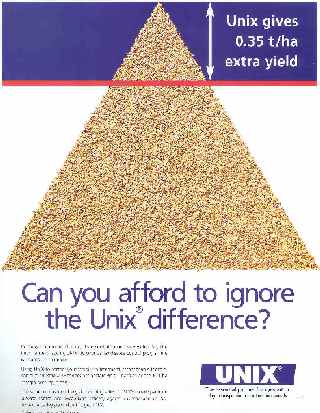

| Main index | Section 4 | Options |
Alternatively, to load the driver as a module at boot time, place the following line in loader.conf(5):
ahci_load="YES"
The following tunables are settable from the loader(8):
| hint.ahci.X .msi |
controls Message Signaled Interrupts (MSI) usage by the specified controller.
|
| 0 | MSI disabled; |
| 1 | single MSI vector used, if supported; |
| 2 | multiple MSI vectors used, if supported (default); |
| hint.ahci.X .ccc | |
| controls Command Completion Coalescing (CCC) usage by the specified controller. Non-zero value enables CCC and defines maximum time (in ms), request can wait for interrupt, if there are some more requests present on controller queue. CCC reduces number of context switches on systems with many parallel requests, but it can decrease disk performance on some workloads due to additional command latency. | |
| hint.ahci.X .direct | |
| controls whether the driver should use direct command completion from interrupt thread(s), or queue them to CAM completion threads. Default value depends on number of MSI interrupts supported and number of implemented SATA ports. | |
| hint.ahcich.X .pm_level | |
|
controls SATA interface Power Management for the specified channel,
allowing some power to be saved at the cost of additional command
latency.
Possible values:
| |
| 0 | interface Power Management is disabled (default); |
| 1 | device is allowed to initiate PM state change, host is passive; |
| 2 | host initiates PARTIAL PM state transition every time port becomes idle; |
| 3 | host initiates SLUMBER PM state transition every time port becomes idle. |
| 4 | driver initiates PARTIAL PM state transition 1ms after port becomes idle; |
| 5 | driver initiates SLUMBER PM state transition 125ms after port becomes idle. |
Some controllers, such as ICH8, do not implement modes 2 and 3 with NCQ used. Because of artificial entering latency, performance degradation in modes 4 and 5 is much smaller then in modes 2 and 3.
Note that interface Power Management complicates device presence detection. A manual bus reset/rescan may be needed after device hot-plug, unless hardware implements Cold Presence Detection.
| hint.ahcich.X .sata_rev | |
| setting to nonzero value limits maximum SATA revision (speed). Values 1, 2 and 3 are respectively 1.5, 3 and 6Gbps. | |
| hw.ahci.force | |
| setting to nonzero value forces driver attach to some known AHCI-capable chips even if they are configured for legacy IDE emulation. Default is 1. | |
Driver features include support for Serial ATA and ATAPI devices, Port Multipliers (including FIS-based switching, when supported), hardware command queues (up to 32 commands per port), Native Command Queuing, SATA interface Power Management, device hot-plug and Message Signaled Interrupts.
Driver supports "LED" enclosure management messages, defined by the AHCI. When supported by hardware, it allows to control per-port activity, locate and fault LEDs via the led(4) API or emulated ses(4) device for localization and status reporting purposes. Supporting AHCI controllers may transmit that information to the backplane controllers via SGPIO interface. Backplane controllers interpret received statuses in some way (IBPI standard) to report them using present indicators.
Also, in cooperation with atamarvell and atajmicron drivers of ata(4), it supports AHCI part of legacy-PATA + AHCI-SATA combined controllers, such as JMicron JMB36x and Marvell 88SE61xx.
The ahci driver also supports AHCI devices that act as PCI bridges for nvme(4) using Intel Rapid Storage Technology (RST). To use the nvme(4) device, either one must set the SATA mode in the BIOS to AHCI (from RST), or one must accept the performance with RST enabled due to interrupt sharing. FreeBSD will automatically detect AHCI devices with this extension that are in RST mode. When that happens, ahci will attach nvme(4) children to the ahci(4) device.
| /dev/led/ahci*.*.act | activity LED device nodes |
| /dev/led/ahci*.*.fault | fault LED device nodes |
| /dev/led/ahci*.*.locate | locate LED device nodes |
| dev.ahcich.X.disable_phy | Set to 1 to disable the phy for the drive on channel X. Set to 0 to enable the phy. Useful for turning off troublemakers. Also useful for debugging when you need the ada drive to come and go. |
| AHCI (4) | August 21, 2019 |

| Main index | Section 4 | Options |
Please direct any comments about this manual page service to Ben Bullock. Privacy policy.
